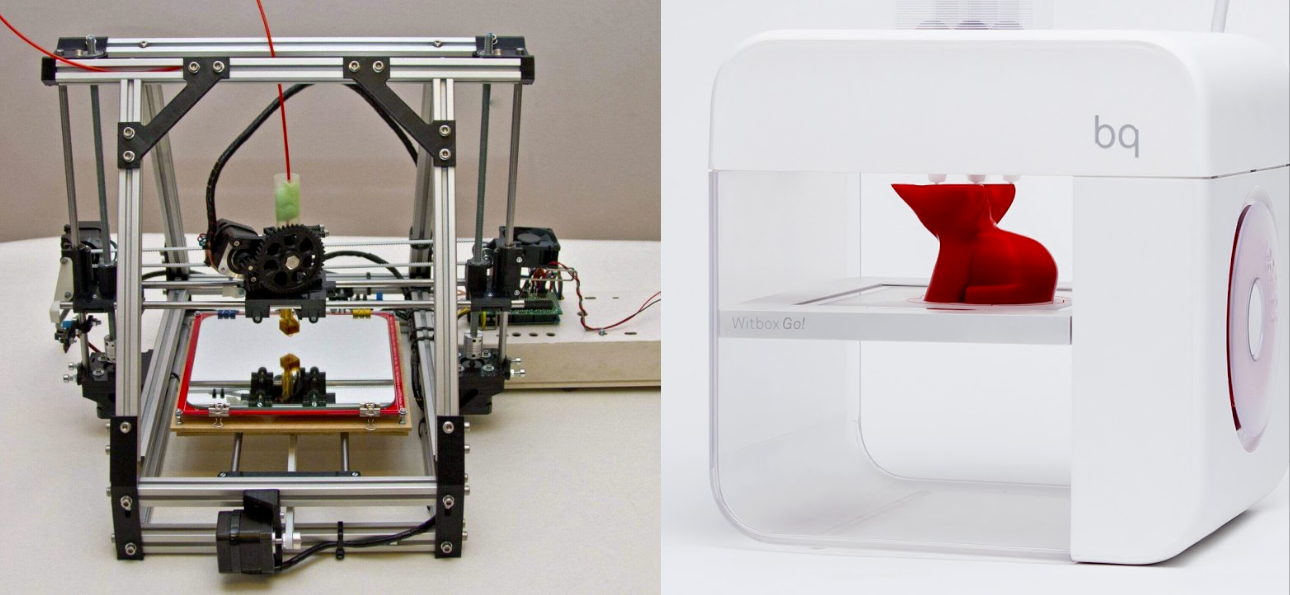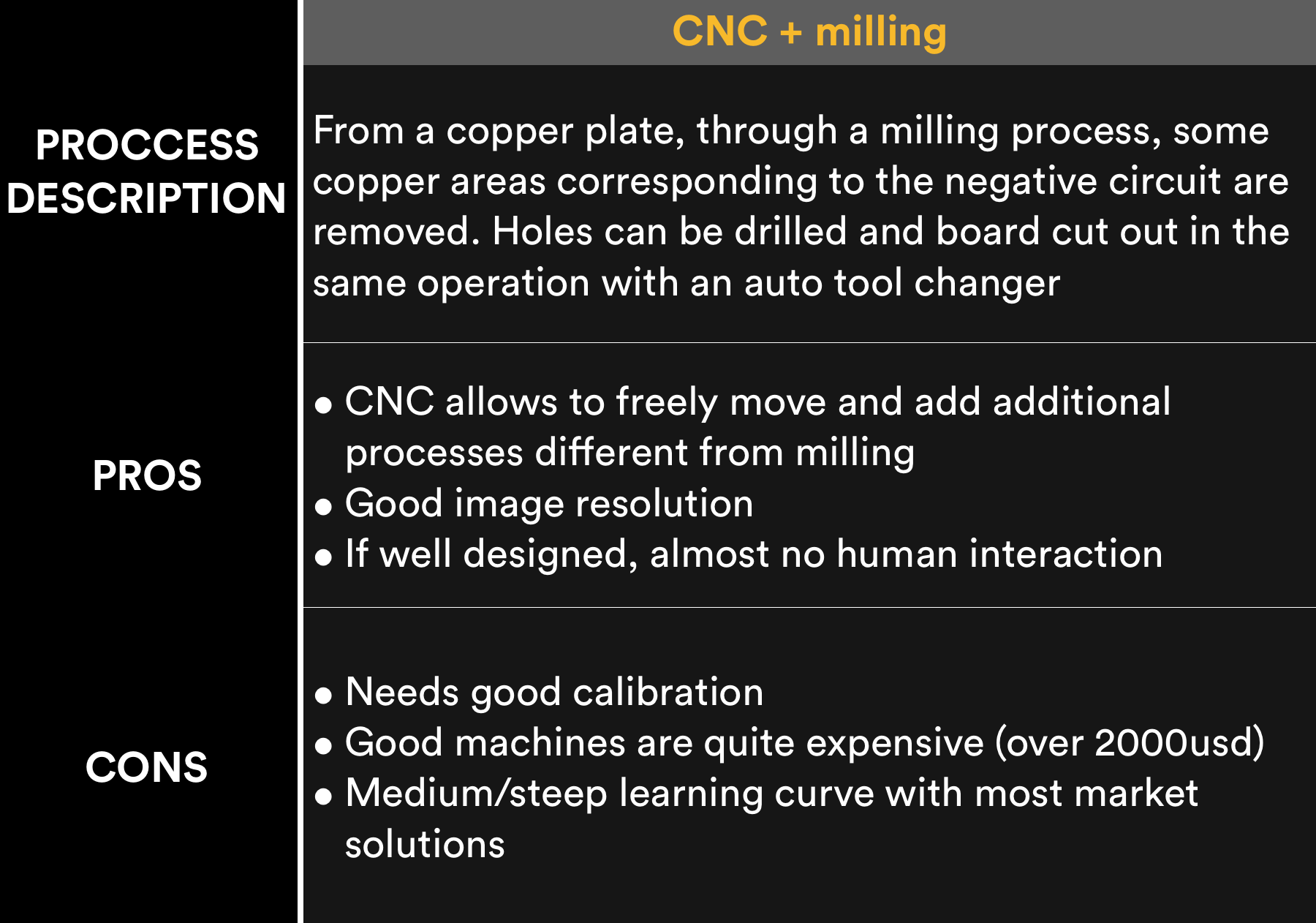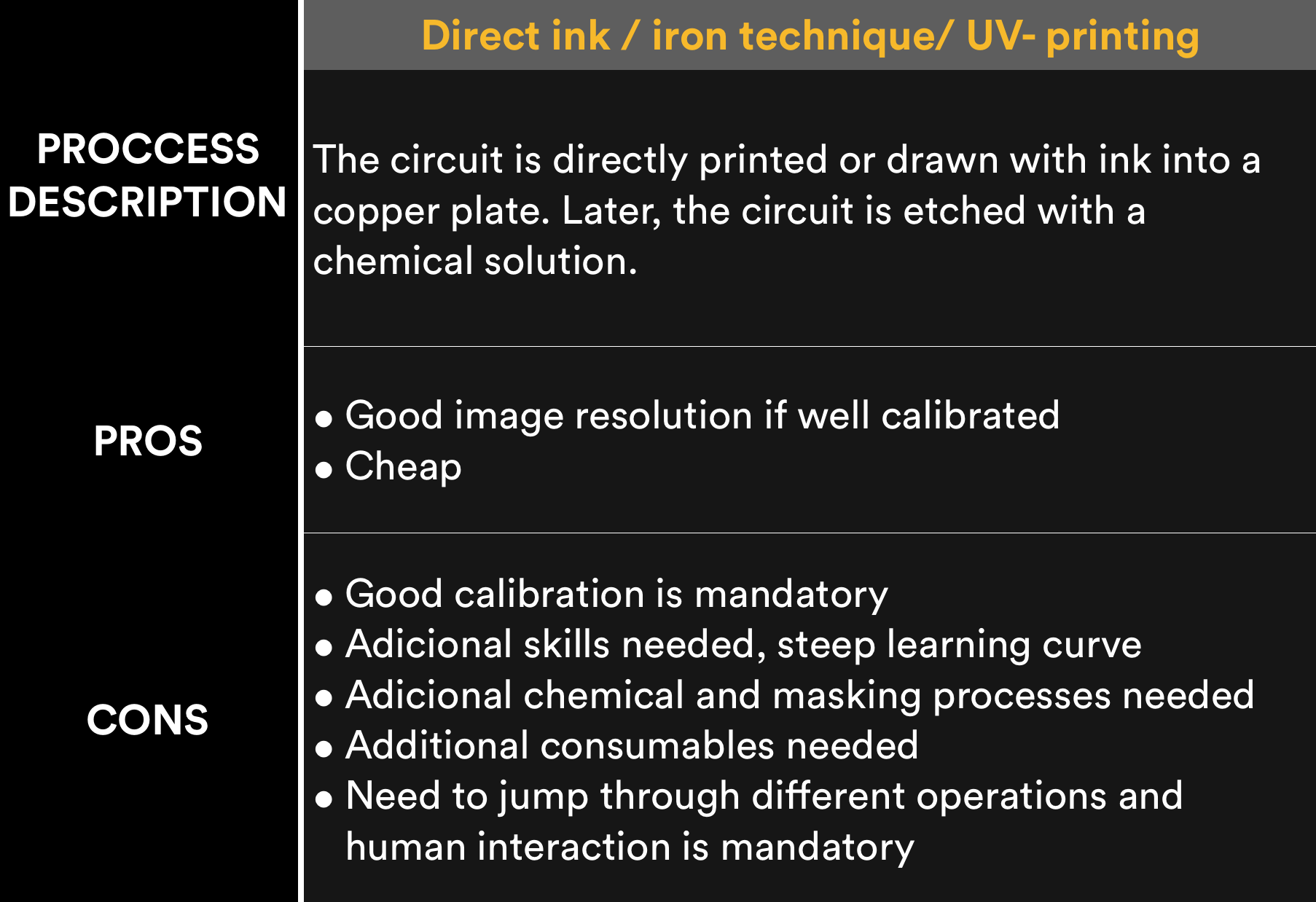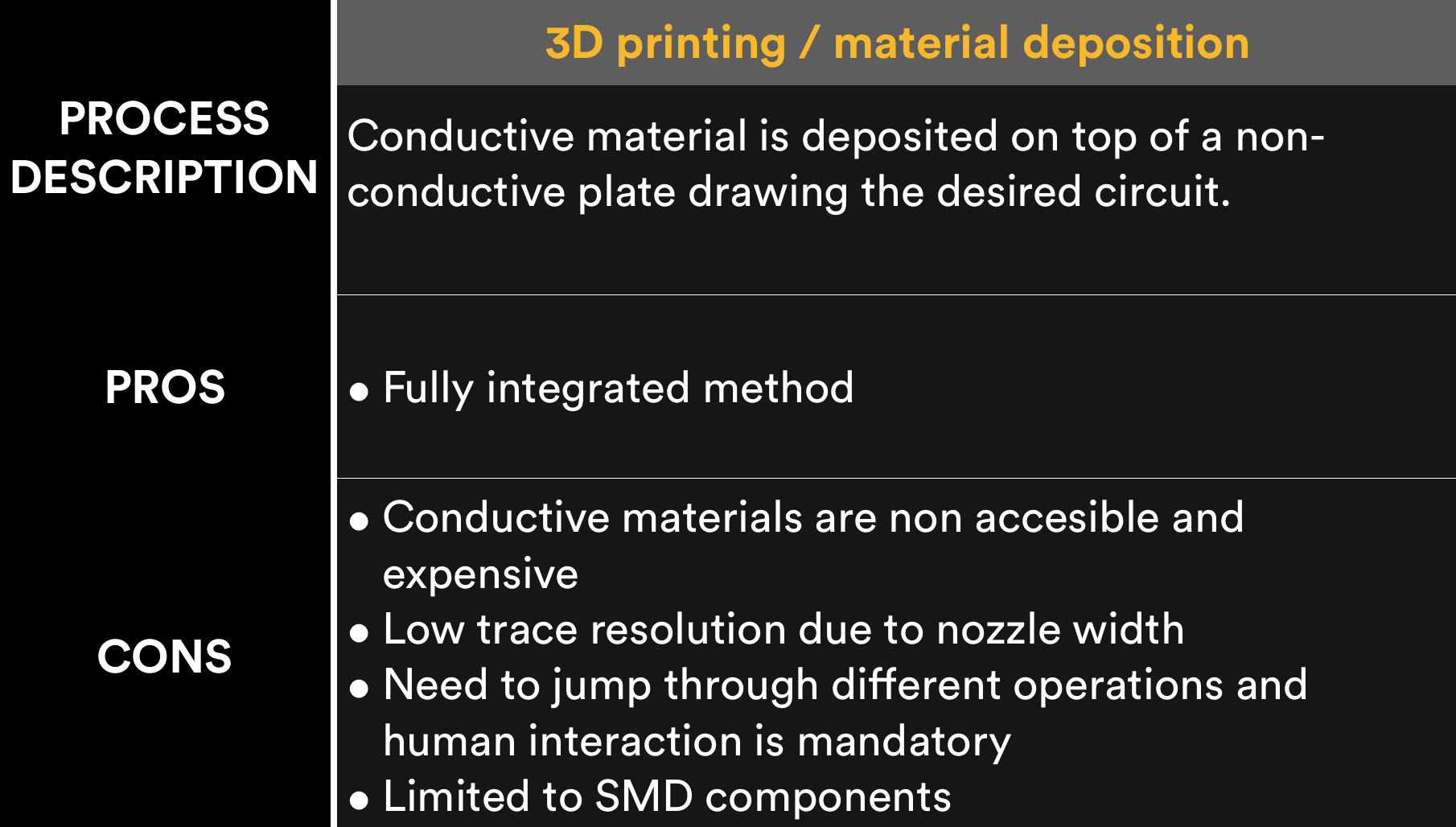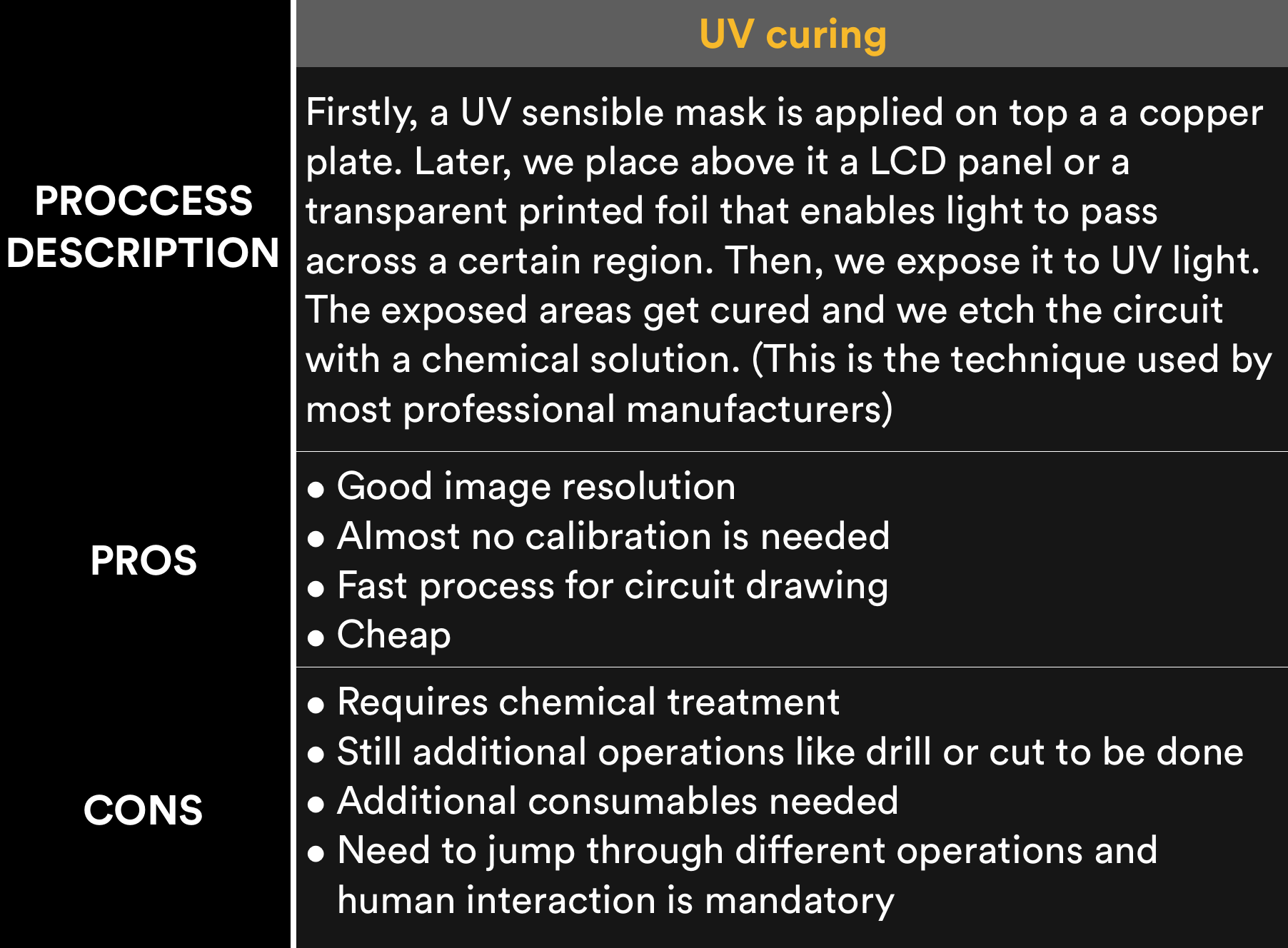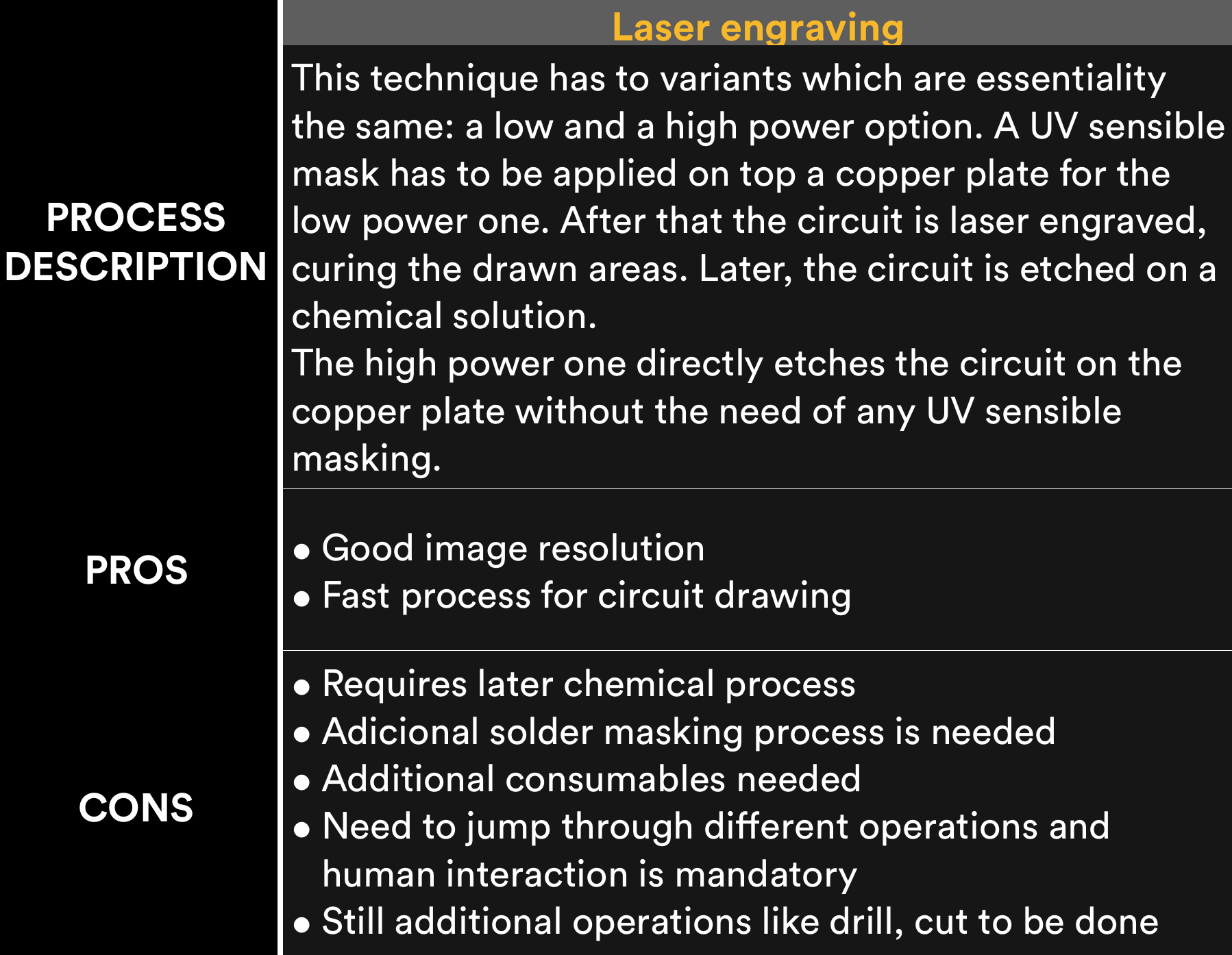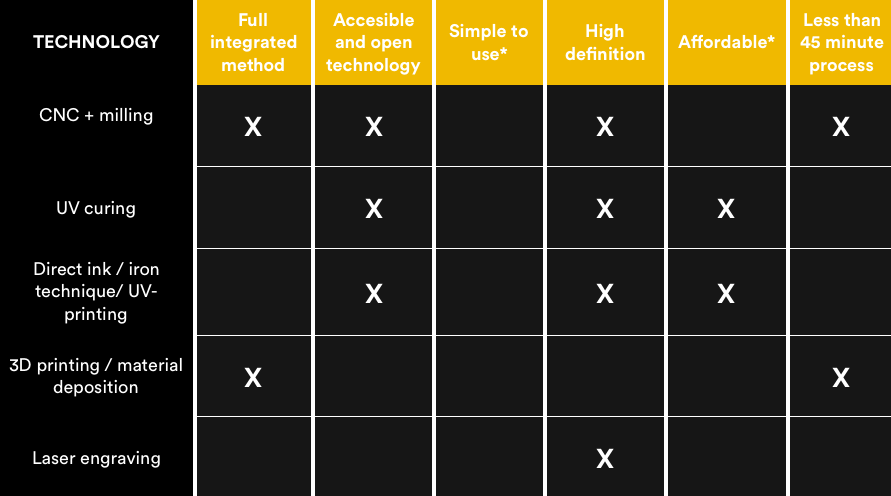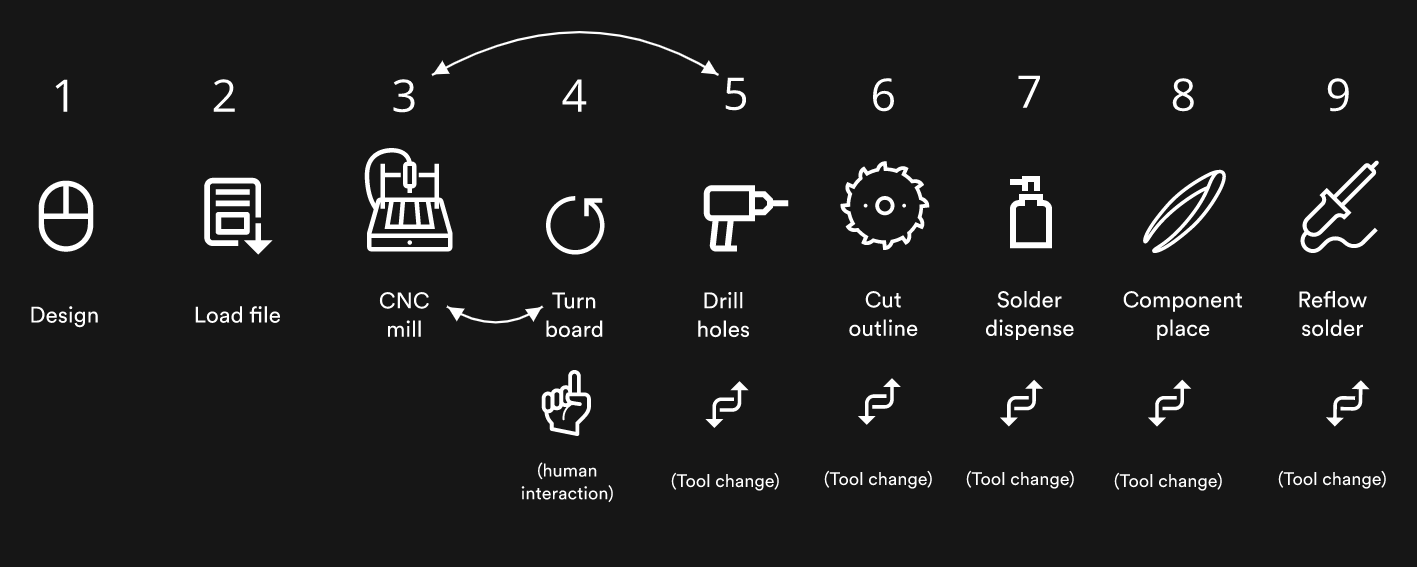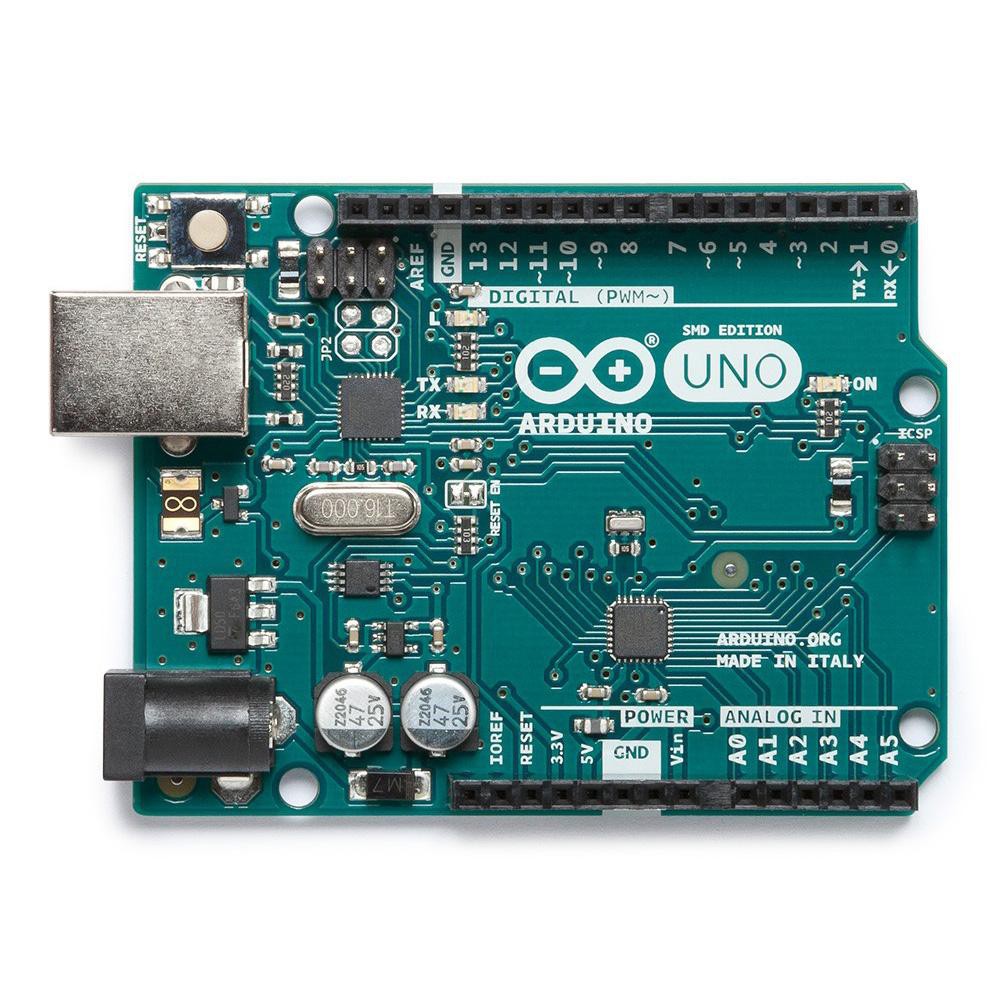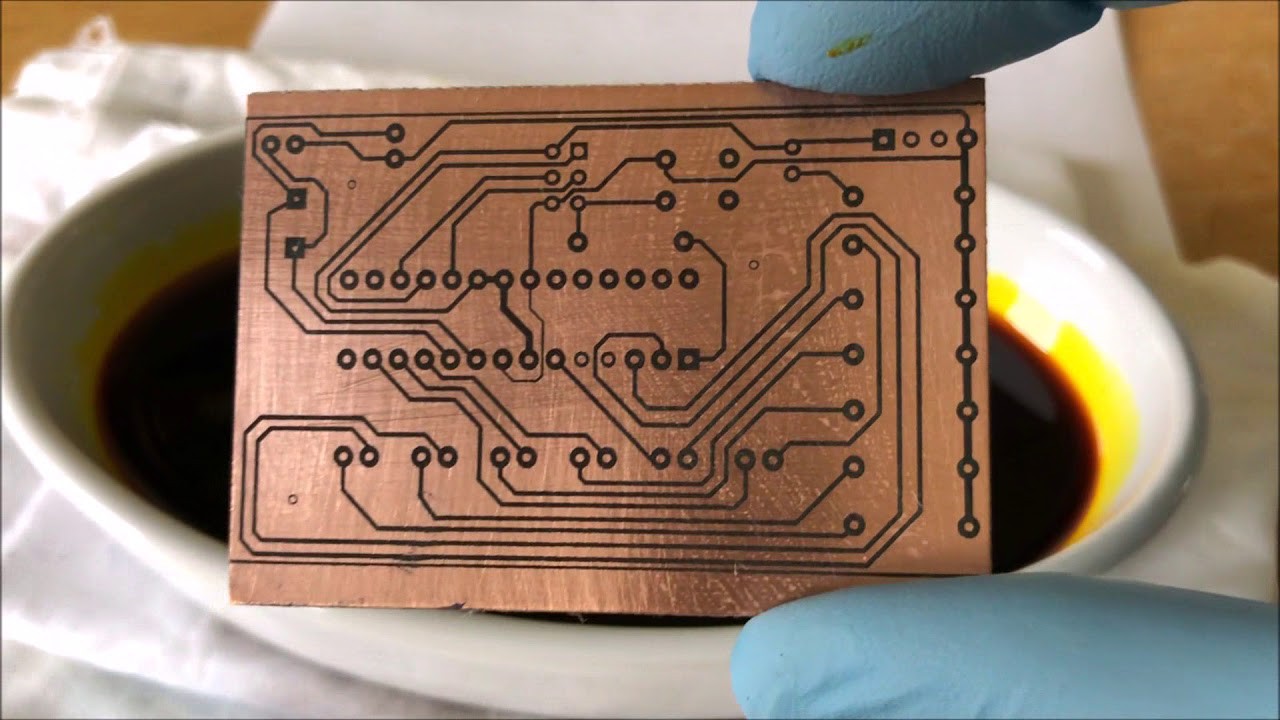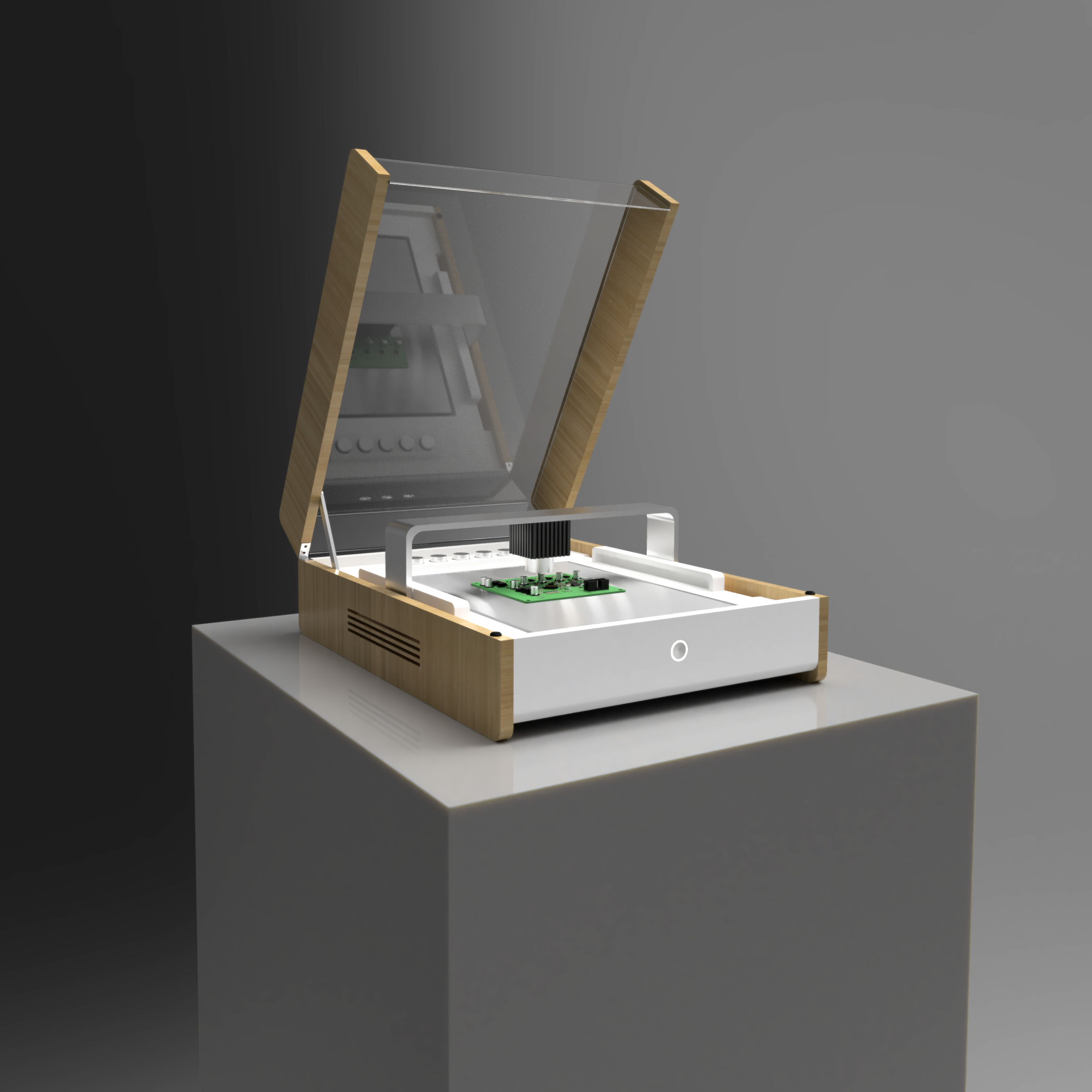-
Out of 2019 Hackaday Prize but not discontinued
08/22/2019 at 15:23 • 0 commentsHello there!
It's been a long time since I do not give you any updates about this project and I would like to announce that I cannot make it for 2019 Hackaday Prize. Hardware development takes a lot effort and time. I have made several improvements on this project but I realized I wouldn't be able to meet the contest requirements as well as timings. I had another ongoing, more comercial, project on which I worked for the last year. Its name is Playloop, a retro handheld gaming system for smartphones. I have never published any source information about it and, after reconsidering its state, I have decided to open-source and sharing it with all the community as well as focusing to presenting it for the 2019 Hackaday Prize Contest. If you are curious you can check it on this link or look for it in my bio.
Anyway all this doesn't mean that I will not continue working on this project. I am just being realistic and want to develop it in a less stressful way, as well as having fun an enjoying it which is an important aspect if you want to keep the right mood when facing problems (which happens to be all the time) ;)
-
Deep technology analysis
05/16/2019 at 13:33 • 0 commentsForget about yourself, capture user feelings
Sometimes, as hackers, engineers or designers, we fall in love with the most technical side of a project getting to justify it from that perspective. But we forget that, when building things beyond our own pleasure, technology is just a tool to solve that problem our customers have to face.
![]()
Which one scares you more?
Last log, I explained the main problem this project aims to solve which we could summarize in the difficulties we still find when prototyping PCB at affordable prices and in fast times. The solution would include a user experience with almost no interaction: out of the box use + load a design + press print. The idea is that the user can get an almost finished product, even solder paste dispense and component solder, with minimal interaction.
To get this, the PCB manufacturing platform should include at least this characteristics:
-
Minimal assembly when unboxing
-
Affordable: under 500usd
-
Fast: Less than 45 minute process
-
Professional end: Double sided layer, 0.1mm traces, drilling, cutting, solder mask, minimal silkscreen
-
Solder paste dispensing
-
Solder reflow
-
Auto-level
-
Auto tool changer
-
Protections: shutdown recovery, over voltage, lost step count and more
This list is open, it may change and it will be growing as the project moves along and new challenges are encountered. It is mostly illustrative and intended to show the main goal characteristics.
Ok, but what about the different technologies?
I ́ve done a lot of research of the main techniques used when prototyping PCBs and made this brief summary comparison table with the main ones:
![CNC milling CNC milling]()
CNC + milling
![]()
Direct ink/ iron/ uv printing
![]()
Conductive material deposition
![]()
UV curing
![]()
Laser engraving
And what about the user?
Now that we know the main techniques as well as their main weaknesses/strengths, they are compared from a user-perspective point of view, supposing that we want a fully ended PCB with minimal human interaction. We have talked about the main user problems and minimal characteristics, those get summarized in this main categories:
-
Full integrated process: most of manufacturing steps are automatic so user gets to interact as little as possible.
-
Accessible and open technology: Easy to find, replace and repare parts/consumables
-
Simple to use: Almost no additional knowledge needed to operate.
-
High-end definition: Good end meets minimal testing requirements
-
Affordable: under 500USD
-
Less than 45 minute process considering all steps involved to get a fully ended PCB: etching circuit, making holes, cutting board etc.
The following table establishes if the main techniques shown above comply or not with each category (*all the comparisons are made having in mind a user with no additional skills and considering average market technology) :
![]()
A decision has to be made
As we can observe, CNC+milling gets the highest score, 4/6. Nonetheless there are still two categories, “simple to use” and “affordable”, where it fails, although it still can be improved to meet the minimum requirements.
Having analyzed all the options and seeing the results, the main technology that will be used in this project is CNC+milling. This technology still has plenty of room for improving (even those categories where it failed ) which is what this project aims to solve. It allows to have a fully integrated process, is easy to replace and find parts, and, if well designed it could lead to low price, usage simplicity, speed an quality. CNC allows us, apart from milling and drilling, do additional tasks in a 3d environment like solder dispensing, picking and placing components and soldering.
Manufacturing process
The design process is "simple". A PCB is a bunch of traces forming the desired circuit, including holes for TH components and vias. After that, you have to cut the board into the desired shape, apply solder, place components and reflow everything.
This process will also include a solder mask option, but in a different way as usual. Instead of using a UV curable mask and a transparent sheet to expose it to light, we'll be directly starting the milling process with a fully masked copper board and milling away pad areas as well as the rest of the circuit. For this we will need a really well calibrated system.
Here you can see, the schematic process operation we would have with CNC technology:
![]()
This manufacturing process is fully integrated, from a user perspective, you will get a complete functional prototype in a two step process
We observe that, with a fully integrated setup, there is minimal interaction from the user that could induce into an inaccurate operation or errors. This will also allow to operate the machine with no additional learning processes involved leading to a better user experience. CNC then gives us a good chance to design a process, like the one shown, to manufacture PCBs with almost only a single human interaction
That is all for now. Next log we’ll jump into designing and discussing the best mechanical model. Thanks and stay tuned!
-
-
First project thoughts
05/16/2019 at 13:06 • 0 commentsEvery project starts with a personal frustration
When designing and building my previous product, a device that attached to a smartphone turned it into a retro gaming console, I encountered many difficulties when designing hardware. As a newbie (I am still ) I made a lot of mistakes an needed to iterate the design tons of times. Through this experience I realized how inefficient hardware design was and, thanks to the uncountable days lost, I became with the idea of designing and building this project. Let me explain it to you:
What about in-house circuit manufacturing? Far from the state of the art
One of the main revolutions over the last decade has been the democratization of 3d printing. Through this technology many individuals have achieved to bring their ideas into reality, something that a few years earlier was unthinkable. Lots of businesses and startups have been able to reduce time and, therefore, costs in manufacturing and prototyping phases. But, above all, a great community around this technology has been created. A community that brings people together to work on improving and making it as accessible and cheap as it is today.
Most products we use everyday have both a mechanical and electrical system. 3D printing has revolutionized the mechanical side but, has the same thing happened with electronics? Not at the same level of simplicity and flexibility.
The truth is that, in the prototyping phase, platforms like Arduino have made very accessible this engineering field: we can easily find tons of sensor and actuator modules as well as development boards for almost any application we can imagine. But, despite all this, there is still a huge gap between this early prototype phase and a mid/final hardware state that perfectly fits our projects and needs.
![]()
How cool is this?
This is still a challenging step for students, makers and businesses. We still depend on long waiting times when manufacturing professionally-made PCBs apart from the high costs involved sometimes. This makes hardware design costly and inefficient. If you want to move forward from this slow iteration process you could jump to different in-house options like cnc milling machines or some other cumbersome chemical processes. All these techniques have a steep learning curve in addition to the fact that you will have to spend a couple of thousands if you aim to get decent results when going for a high end machine option. In summary, all very far from the state of the art of 3d printing.
![]()
Typical toner transfer + ferric chloride etching process
We have to definitely change this
Hardware design has to be fast, with today’s technology is not understandable why we still cannot cheaply jump from a digital to a physical design in a matter of minutes when designing circuits. This project aims to solve this situation building a fully integrated desktop PCB manufacturing platform focussed on the user first as its main goal. It is going to allow people not to waste time or resources when prototyping PCBs and just focussing on design and iteration. A machine whose learning curve will be just unboxing it, loading the design files, and push print. I aim to empower anyone, from young students to professional individuals, to turn an electrical circuit, in a cost-effective way, into something real in matter of minutes. All these supported by an open philosophy so the project can grow fast and democratize PCB printing.
![]()
Welcome to a new era
CircuitMega: Ultimate desktop PCB manufacturing
Be empowered to turn any circuit design, in an easy, fast and cost-effective way, into something real
 Victor Dedios
Victor Dedios